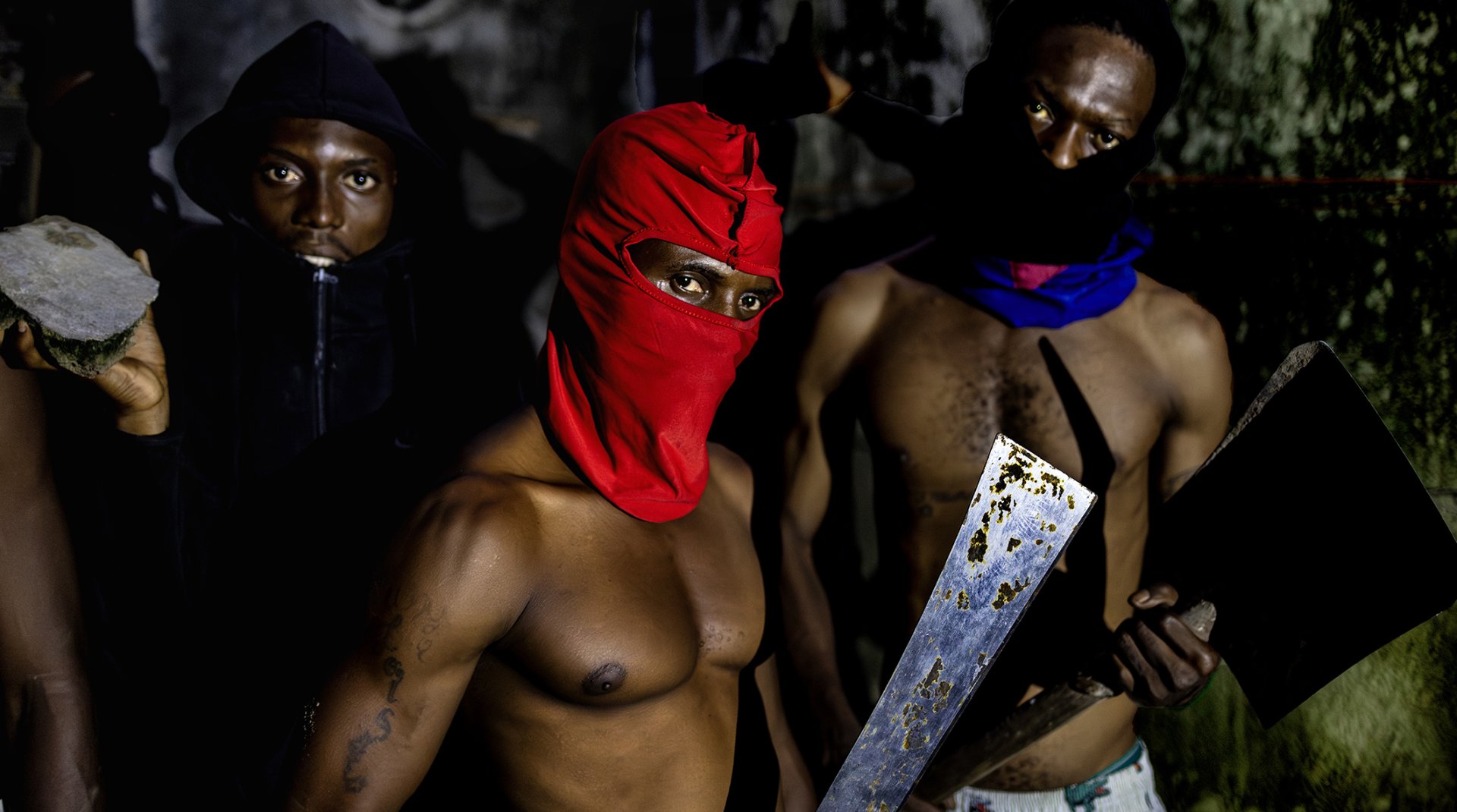Login or register for free to continue browsing
Access all this year’s exclusive online content

Uncontrollable megacities
Pascal Maitre
Pour Paris Match
Dhaka, Kinshasa, El Alto. Three cities on the verge of major expansion, heralding the world of tomorrow. They are urban giants, insatiable titans. They fascinate with their myriad possibilities, drawing millions of souls looking for a better life into their depths.
According to the United Nations, by 2050, two out of every three humans will live in a city. Twice the current number, or an additional 2.5 billion people. Urbanization is growing at an unprecedented rate, particularly in the Global South. In Africa, the urban population is due to increase by 91% in 25 years, reaching 2.6 billion by 2050. In Asia and South America, it will rise from 2 billion to 4 billion. A number of factors explain this huge growth: economic migration from rural areas, the reduction in child mortality, people fleeing conflict, and hope for a better future. The related challenges are enormous and are already evident: pollution, climate-related threats, unregulated construction, disease, crime, street children…

